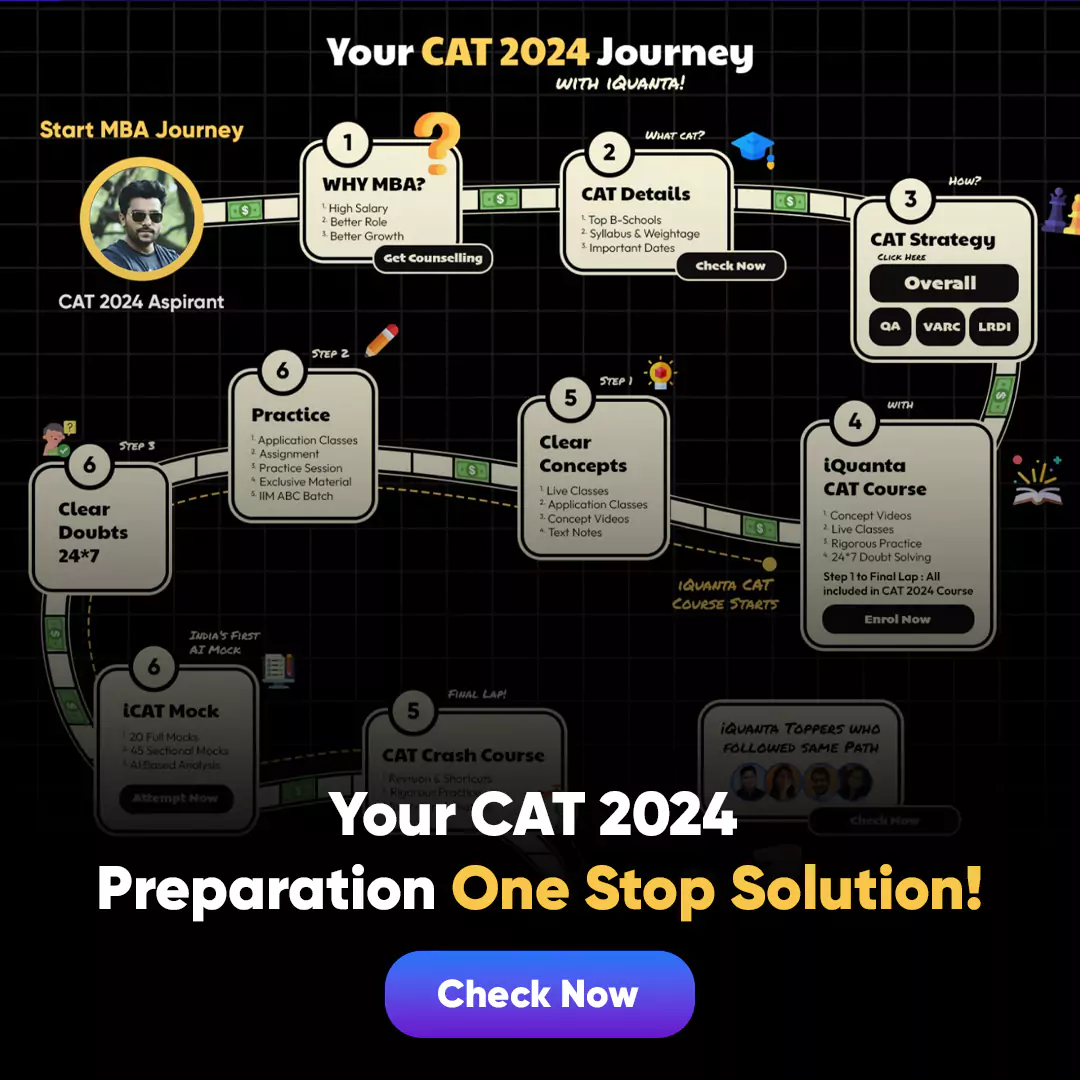Paragraph Completion (PC) has been a regular feature of CAT papers since 2005. Before we attempt the PC questions, we must try to understand what the questions test. PCs test the candidate’s thought process, his ability to conclude, summarize, continue or keep track of an idea or an argument.
Let’s look at the question direction of PC questions. It says: Each of the following questions has a paragraph from which the last sentence has been deleted. From the given options, choose the one that completes the paragraph in the most appropriate way.
The question asks us to complete the paragraph in the most appropriate way, not in the most logical way. Students preparing for GMAT must have come across similar questions in which the questions ask the test taker to logically complete the passage.
Since what is appropriate is a subjective view, test takers often make a choice based on their intuition, leaving room for uncertainty. Often the accuracy percentage is around 50%.
The last line of a paragraph usually continues a discussion/ description or concludes an argument. In short, there is either continuity or a conclusion
So, what should the last line have and not have? Let’s see:
If the last line is a conclusion, then:
- The last line should bring the paragraph to a smooth end; it should not be abrupt.
- The conclusion should be logically derivable from the premises already stated or from evidences already cited and should reflect the correct line of reasoning.
- The conclusion should focus on the main idea of the passage.
- The conclusion must be relevant to the key issues discussed in the passage.
If the last line is a continuation of an idea, then:
- The last line must not have a new element not at all related to the ideas discussed earlier.
- The last line should have structure and order very similar to the preceding ideas.
- The logical arrangement of the last line should be such that it gives a logical flow to the entire paragraph.
- The idea in the last line should reflect a smooth transition from the idea in the preceding lines.
Above all, the candidate must ensure that the tone of the last line is consistent with the tone of the entire paragraph.
Let’s take a simple example from CAT 2006.
Relations between the factory and the dealer are distant and usually strained as the factory tries to force cars on the dealers to smooth out production. Relations between the dealer and the customer are equally strained because dealers continuously adjust prices—make deals—to adjust demand with supply while maximizing profits. This becomes a system marked by a lack of long-term commitment on either side, which maximizes feelings of mistrust. In order to maximize their bargaining positions, everyone holds back information—the dealer about the product and the consumer about his true desires. _________________
- As a result, ‘deal making’ becomes rampant, without concern for customer satisfaction.
- As a result, inefficiencies creep into the supply chain.
- As a result, everyone treats the other as an adversary, rather than as an ally.
- As a result, fundamental innovations are becoming scarce in the automobile industry.
- As a result, everyone loses in the long run.
From the options, we come to know that the question wants us to logically conclude the paragraph. So, the last line is a conclusion, not a continuation.
Before we take the options, we must find out the central argument of the passage. What is the passage all about? The passage discusses the relations between three entities, and that relation is strained. Now let’s take the options one at a time:
Option A: If the relations are strained, then how can deal-making become rampant?
Option B: The author is discussing strained relations; we must ask ‘how can strained relations cause inefficiencies in the supply chain?’ We just don’t have strong evidences to arrive at such a conclusion.
Option C: Seems a good choice, but only at first glance. If the relations between the manufacturer and the distributor are not good, then they both will lose in the long run because they both depend on each other. And, how can the customer become an adversary of the manufacturer? The customer is competing neither with the manufacturer nor with the distributor. In short, option C is too far-fetched.
Option D: The issues with option D are very similar to those of option B. The logic of ‘strained relations vs innovations’ must be convincing. What has good or strained relations to do with innovations? The option does not sound convincing.
Option E: Sees perfect. Carefully read the last line of the passage: In order to maximize their bargaining positions, everyone holds back information—the dealer about the product and the consumer about his true desires. To maximize their bargaining positions, they are holding back information; as a result, they all will lose in the long run. The option is logical and sensible; it is not far-fetched or irrelevant like the others.
I request the students to study from the right source. Please don’t study from material that is dubious.



